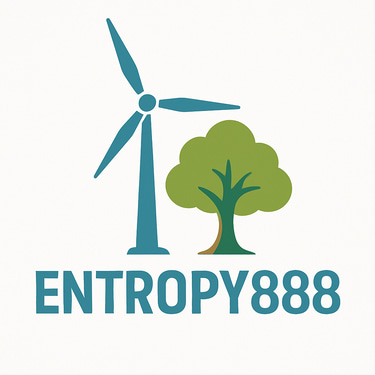Designing Containerized Mining Farms: Key Considerations
Containerized mining farms have become one of the most popular ways to deploy Bitcoin mining operations. Instead of building permanent facilities, miners convert standard 20ft or 40ft shipping containers into mobile, self-contained data centers. But successful container design requires more than just racks and miners. To maximize profitability and reliability, operators must carefully plan power, cooling, layout, and mobility. Here are the key considerations when designing a containerized mining farm.
MINING TECHNOLOGY & EFFICIENCY
Chris Boubalos
9/25/2025
1. Container Size and Layout
20ft Containers
Capacity: ~150–200 air-cooled ASICs.
Lower upfront cost and easier mobility.
Best for smaller projects or pilot sites.
40ft Containers
Capacity: ~300–400 air-cooled ASICs.
Better ROI per unit of infrastructure.
Ideal for large-scale operations.
Tip: Choose container size based on available power (MW), scalability plans, and logistics.
2. Power Distribution
Transformers & Switchgear – Ensure containers are designed for the local grid (e.g., 380V, 415V).
Cabling & Breakers – Proper sizing prevents overloads.
Redundancy – Dual power feeds or backup generators protect uptime.
Best Practice: Design for at least 20% overhead capacity in case of future overclocking or expansion.
3. Cooling System
Air Cooling
Cheapest and simplest.
Requires high airflow design with intake/exhaust.
Hydro Cooling
ASICs connected to water circuits.
Lower noise and better efficiency.
Immersion Cooling
Full submersion in dielectric fluid.
Highest density and efficiency, but higher capex.
Consideration: Climate plays a big role — hot regions benefit more from hydro or immersion.
4. Ventilation and Airflow
For air-cooled designs:
Install high-powered exhaust fans.
Use hot aisle/cold aisle layouts.
Include dust filters to reduce hardware wear.
Poor airflow design leads to overheating, throttling, and higher failure rates.
5. Mobility and Deployment
Transportability – Containers must comply with shipping standards for easy relocation.
Plug-and-Play – Pre-wired systems reduce setup time.
Site Preparation – Level ground, secure anchoring, and access to power are critical.
Containers are valuable because they can move with the market — follow cheap electricity, renewable surpluses, or favorable regulations.
6. Monitoring and Automation
Temperature Sensors – Track hot spots inside the container.
Smart Power Management – Control load distribution and prevent outages.
Remote Monitoring – Operators can manage farms from anywhere.
Automation reduces downtime and opex, boosting ROI.
7. Safety and Compliance
Fire suppression systems (especially for immersion).
Proper grounding and lightning protection.
Compliance with local electrical and environmental codes.
Safety design is not optional — it protects both hardware and investment.
Conclusion
Designing a containerized mining farm requires careful planning across power, cooling, airflow, and mobility. Done right, containers offer fast deployment, scalability, and synergy with renewable energy sites.
At Entropy888, we build containerized mining solutions optimized for renewable integration and ROI. Whether you’re deploying 1 MW or 50 MW, the right design makes all the difference.
Contact
© 2025. All rights reserved.
Christos Boubalos - Business Development Lead +306972 885885 mob/whatsapp
christos@entropy888.com
-------------------------------------------
General Enquiries - info@entropy888.com
